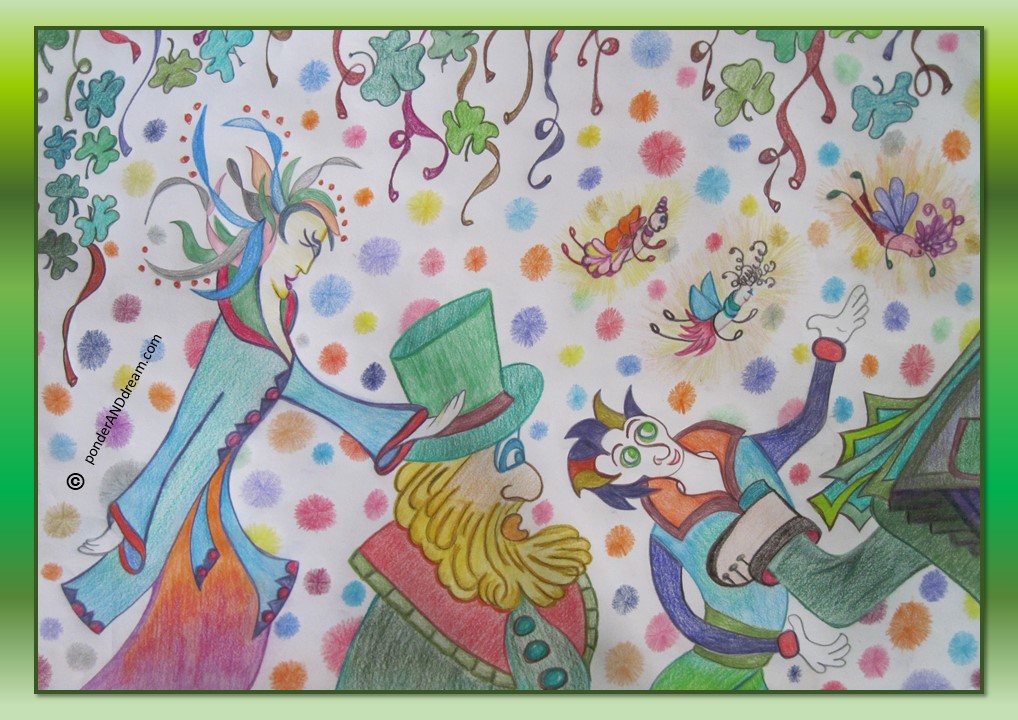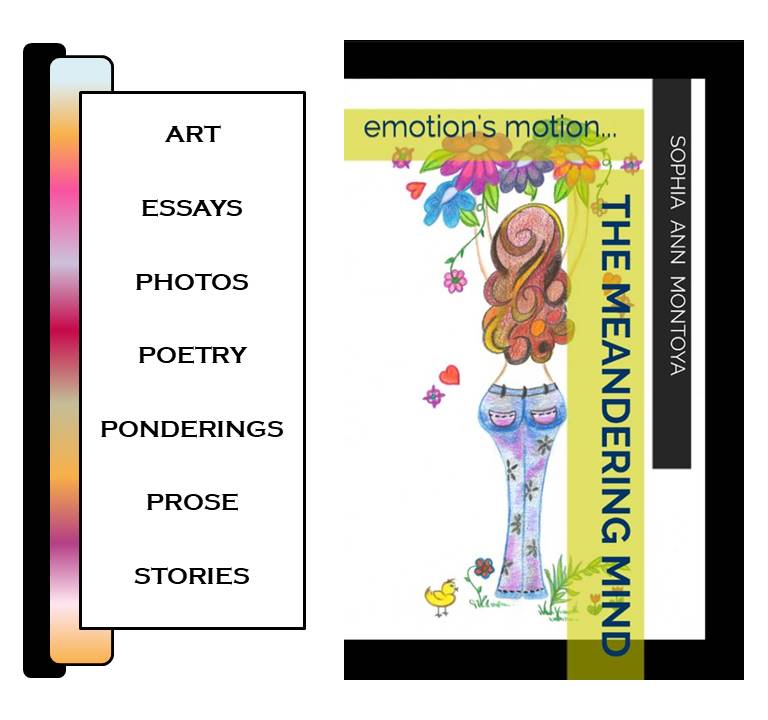
WHO ARE THE CELTS?
The ancient Celts, immerging in the Bronze Age, were tribes originating in central Europe north of the Mediterranean region. Sharing similar religious beliefs, traditions and language, the evolution of Celtic culture commenced around 1200 years before the birth of Christ in the upper Danube River region. Celts, known as Urnfield people, continued into into the Iron Age and scholars referred to their way of life as the Hallstatt culture. Given the name Celt by ancient writers, these migrating tribes–often fleeing from wars–occupied territories from the Iberian Peninsula to Turkey. As the Hallstatt culture diminished in times of political and economic strife, the Celts transition into the La Tène culture. Overtime, prosperity in ancient France, Spain and central Europe gave them a footnote in Classical history as they challenged Mediterranean cultures. It was at this time the Celtic name adhered, although, it was not used to describe ancient Britain or Ireland until modern times. Derivatives of the Celtic language are still spoken in parts of the British Isles as well as Brittany of northern France.
CELTIC DRUIDS
The Celtic religion, led by a priesthood known as Druids, was labeled crude and violent by ancient writers. Because the Celts were attacked in Gaul by Julius Caesar in the 1st century BC, and by the Germanic tribes, they spread from Galicia to Romania and into Asia Minor which resulted in conflict with Rome and the Hellenistic kingdoms. Celtic armies led by their king Bran (Brennus), sacked Rome in 390 BC, and again in 279 BC when they looted Delphi as they passed through Greece heading toward Asia.
CELTIC WARRIORS
During the Punic Wars, Celts were mercenary allies of Carthage. Latin and Greek writers describe Celts as skilled horsemen and fierce warriors able to yield chariots in battle. These chariot warriors wielding javelins equated to maneuverable weapons of disruption as they attacked. Celtic Warriors were known for their long hair and imposing physiques. They are depicted in Greek art with their distinctive long shields (wooden panels covered in decorated hide) and long swords. Hellenistic kings able to defeat these Galatian armies were given the title of soter, translated in our language as ‘saviour’. Defeated by disciplined and better equipped armies, the Celtic warriors transitioned into successful mercenaries.
CELTIC LANGUANGE
The Roman imperial period extinguished the Continental Celtic language but examples can be found in Greek and Roman writing, pottery graffiti and votive or funerary stelae. The Insular Celtic group of languages are Brittonic and Goidelic encompassing Breton, Cornish, Welsh, Irish, Scots Gaelic and Manx. Today, the Celtic languages are Welsh, a minority speak Scots Gaelic, Cornish speakers are rare and Gaelic is spoken in parts of western Ireland.
IRISH CELTS
Not easy to invade, the Celtic tribes of Ireland, consisting of the Gaels and the Irish, survived and their culture flourished. The bagpipes of Scotland can trace their origin to Celtic times.
CATHOLICISM & CELTIC TRADITIONS
St. Patrick brought Christianity to Ireland in 432 AD (after death of Christ). Many Celtic traditions were incorporated into the “new” religion. Following the mass killing of Druids (religious leaders of the Gaels), this brutal takeover by Catholic strategists insured the spread of Catholicism in the manner of a gripping vise. Ireland’s national symbol, the shamrock (a green, three-pronged leaf) represents the “Holy Trinity” of Catholic tradition; the Father (God), son (Jesus Christ) and the Holy Spirit. The Celtic cross is a unique take on the Catholic cross and Celtic folklore stories, such as the legend of Cu Chulainn, are still enjoyed in Ireland.
CELTIC INNOVATIONS
Across Europe, the Celts are credited with many artistic innovations, including intricate stone carving and fine metalworking. These elaborate Celtic designs found in artifacts–crafted from precious gemstones, silver and gold–are a major part of museum collections throughout Europe and North America.
SAINT PATRICK HOLIDAY
Saint Patrick was a fifth-century Romano-British Christian missionary and bishop in Ireland. He was not Irish. March 17th marks the day of his death. Known as the “Apostle of Ireland”, he is the primary patron saint of Ireland, the other patron saints are Brigit of Kildare and Columba. Patrick incorporated Irish rituals and culture in Christian lessons to make conversion to Catholicism more appealing.

Sophia Ann Montoya, noted for her prose-poetry writing style, presents ‘SHAMROCKING’ in her e-book anthology of art, essays, flash-fiction, photos, poetry, ponderings, prose and an array of short stories. All of which depicts our meandering mind and the motion of our emotions sparking thought, action and reaction for better or worse. Sophia’s featured drawing entitled, Who Stole the Gold?, was created with colored pencils to announce a Saint Patrick’s Day dinner followed by competitive games for prizes.

